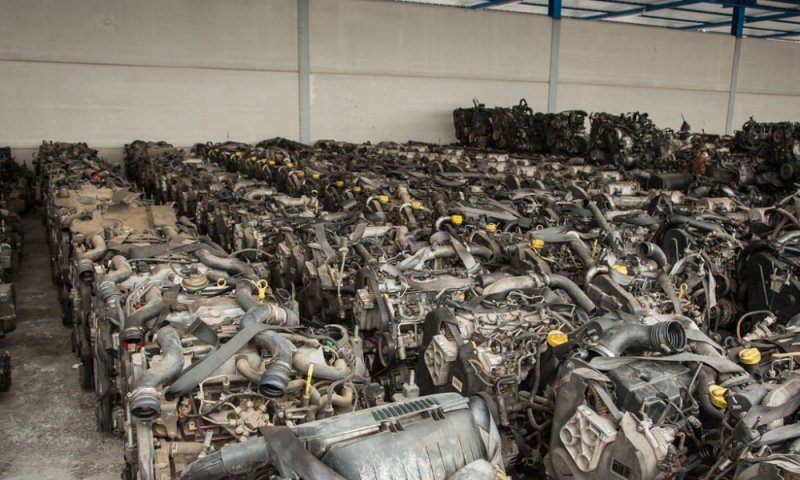There are a few key things you need to look for when purchasing a used car engine. First, make sure that the seller is reputable and has a good reputation. You can do this by reading reviews or asking around. Next, be sure to ask lots of questions about the engine. What condition is it in? How many miles has it been driven? Has it been in any accidents? This will help you get a better idea of what you’re buying. Read Content In Below We have mentioned all details about Used Car Engines for Sale.
Finally, always inspect the engine before purchasing it. Make sure that all the parts are there and in good condition. If anything looks off, don’t hesitate to walk away from the deal.
When it comes to buying used car engines, online is the way to go. You can find some great deals on reputable websites, and you don’t have to worry about getting scammed. Just be sure to do your research and ask lots of questions before making a purchase.
Low-Mileage Engines
When you’re shopping for a used car engine, it’s important to consider the car’s mileage. A car that’s driven mostly on the highway will have less wear and tear on the engine than one that’s been stuck in city traffic. Here at our car salvage yard, we offer low-mileage engines for sale. We buy cars with consideration to both the number of miles on the car and the type of miles. So whether you’re looking for a replacement engine for your high-mileage car or you just want to save some money on a low-mileage engine, we can help.
Guaranteed Compression Test
A compression test is a key part of car engine maintenance. It can help you identify problems before they become serious, and it’s a good way to check the overall health of your engine. Compression tests are usually pretty simple – you just need to have the right equipment. Here’s how to do it:
- Warm up your car engine. The test should be done on a warm engine, so make sure it’s been running for a few minutes.
- Locate the spark plugs. The plugs are usually in plain sight, but you may need to remove a cover or panel to get to them.
- Remove the spark plugs. Use a socket wrench to remove the plugs, making sure to hold them by the metal part and not the ceramic.
- Insert the compression tester. The tester should have a rubber tip, which you should insert into the plughole. Make sure it’s sealed properly so you get an accurate reading.
- Pump up the pressure. Once the tester is in place, pump up the pressure until it reads around 15 psi (pounds per square inch).
- Read the results. Hold the pressure for a few seconds, then release it. Write down the highest reading that you get on each cylinder.
- Repeat on other cylinders. If you have more than one cylinder, be sure to repeat the test on all of them.
- Compare your results. The readings for each cylinder should be relatively close to each other. If one is significantly higher or lower than the others, it may be a sign of a problem.
- Get your car engine checked. If you have any significant discrepancies, take your car in for a tune-up.
Compression testing can help you keep your car engine running smoothly. By identifying problems early on, you can prevent them from becoming more serious and expensive to fix. Make sure to do a compression test at least once a year – it could save you a lot of trouble down the road!


